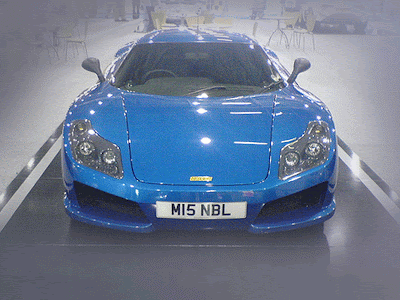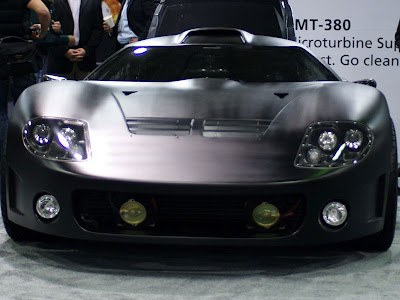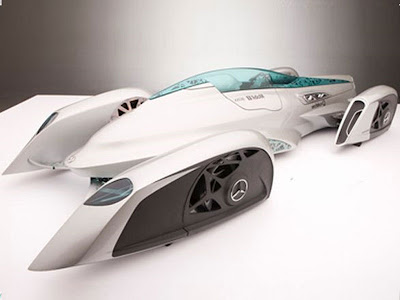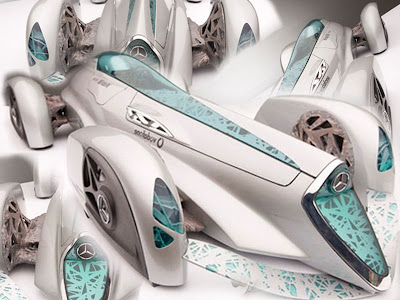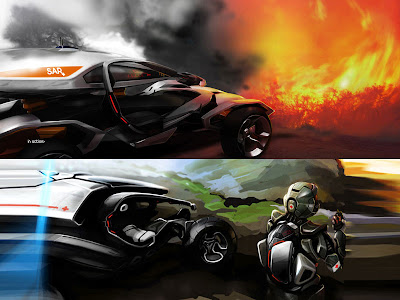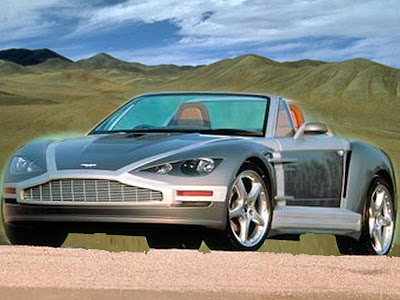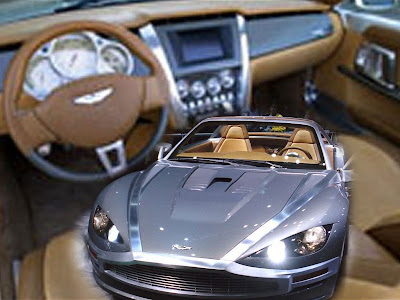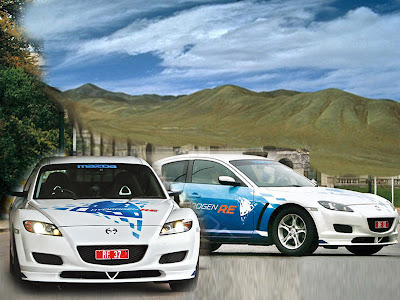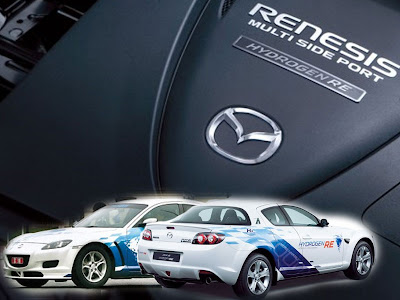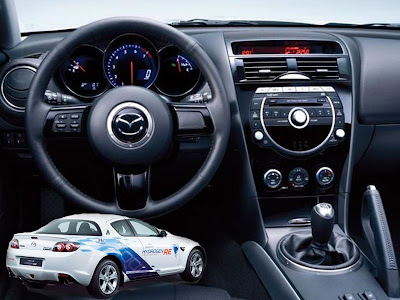Fenix Supercar M14
Although the man has been separated from the company that bears his name for a while now, as we revealed when PH interviewed Lee Noble before Christmas he's still hard at work in the business of producing sports cars. Despite having left his namesake British supercar company Noble Automotive, Lee Noble is back in the game and plans to begin development on an all-new supercar.His new company is called Fenix Automotive and the first Fenix is planned to be a lightweight, mid-engine coupe that can capture a sub-seven-second 0 to 100 mph. The car will feature a powerful V8 engine and is intended to be ‘one of the most dramatic supercars of the century’ thanks in part to the moderate price tag of 75,000 pounds (app. $125K). Noble also mentioned an interesting feature that will make the first Fenix practical both on road and track, though apparently didn’t elaborate from there.
Fenix Supercar M15
The Fenix supercar prototype is currently in build at Fenix's facility in South Africa, and the car will do its initial hot-weather testing there before heading to the UK for further development.
"The M12 was hugely successful, but we needed to move the game on in terms of design," says Noble. "The new car's styling owes nothing to what I've done before and has quite literally been a 'clean sheet' exercise from the start. It's edgy, with powerful lines, and aerodynamically will be in another league to any of my previous cars."
Fenix Supercar M15
But despite Noble's protestations of a clean-sheet design, we can't help but think of the Fenix as the hoped for successor to the sharp, focused, track-honed M12 series, and that's no bad thing. That the looks seem to bear a passing resemblance to the stillborn M14 and M15 is far from a tragedy, too. The Fenix will be powered by an LS3 GM V8 pumping out 480bhp, while the truly power hungry can specify the 638bhp LS9 V8 as seen in the Corvette ZR1. Fenix reckons that the LS9-engined car should accelerate from 0-100mph in under seven seconds and hit a maximum of 200mph.
Fenix Supercar M15
"I always said I wanted to build a car with the performance of an Enzo for less than £100k, and that's what I'll deliver this time round," said Noble when we interviewed him, and it looks like he might manage it. The base model is expected to cost around £70k, with the supercharged version set to come in at less than £100k.



